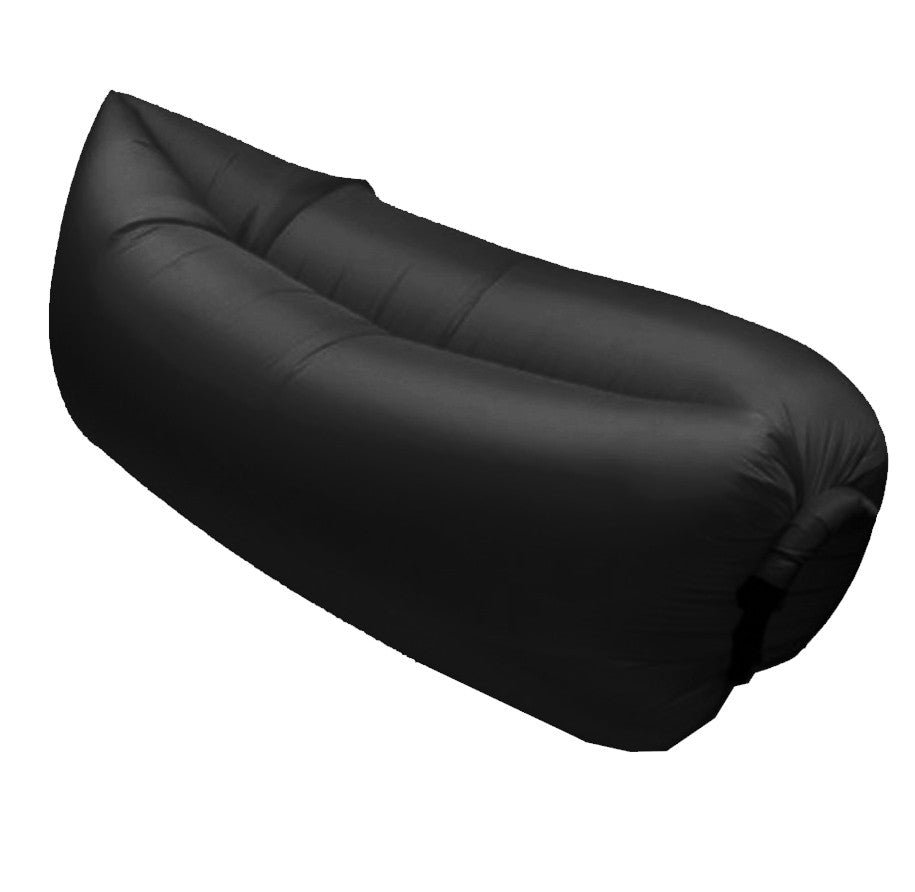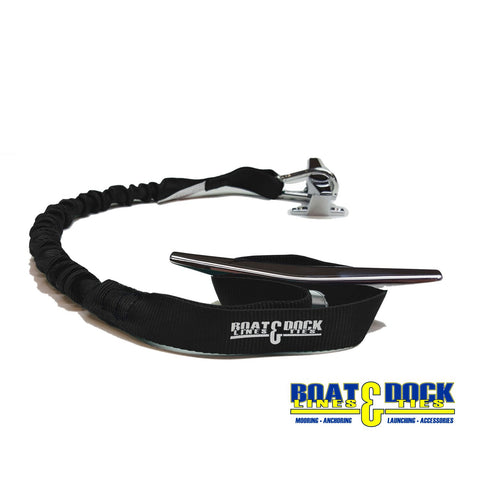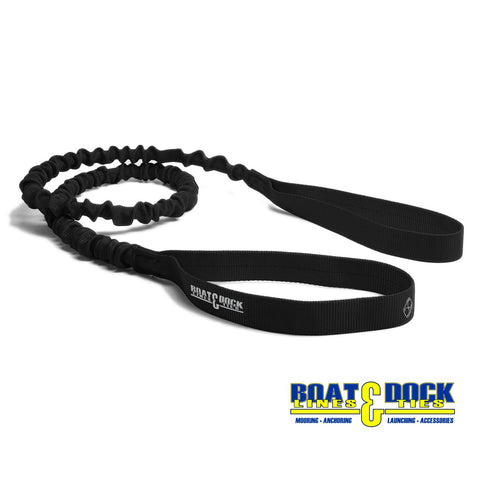Camping with a view in Glacier National Park. (Claire Pistek, Share the Experience)
For many of us, sunny spring days remind us that it’s time to start planning our summer camping trips. We picture s’mores around the campfire and drifting off to sleep reading a favorite novel. Then, briefly our minds wander into dreaded territory – the camping equipment. Where is the camp stove? Did I actually jam my sleeping bag into its stuff sack and leave it all winter? (You did.)
Spring is the perfect time to test and prepare your camping equipment for those upcoming weekend adventures. Use these tips to get you out of the house and in to the great outdoors, when the time comes. Get ready, prep, go!
Sleeping Bag and Pad
Check your sleeping bag and pad, tent, rain fly and tent footprint for holes and tears. Make sure you have all your tent poles and stakes and that they are in good shape.
Pull your sleeping bag out of its stuff sack and let it breath. This allows the bag to retain the loft (or whatever is left of the loft) and insulating properties that you’ll be relying on during those cool summer nights. Check to see that the zipper works properly and that there are no holes in the bag. If you discover a tear, try nylon repair tape, or even duct tape will get you through a few excursions.
Time for a good washing? If dirt and grime are building up, it’s probably time to wash your bag. Choose a mild detergent (outdoor stores offer special soaps just for this purpose) and a gentle cycle. Washing your bag will also help return the loft. Lay your bag out to dry.
Check your sleeping pad. If it’s an inflatable pad, make sure it still holds air. Patch kits are wonderful for saving money and continuing the life of an old standby.
Tent and Footprint
Setting up camp at Cumberland Island National Seashore. (Ryan Ridgway, Share the Experience)
Ideally, you’ll want to set your tent up and check for wear and tear. If you’re not up for that, check to make sure that you have all the tent poles needed; are they bent or split (fiberglass poles can sometimes splinter and split)? Poles can be repaired or often you can purchase replacements. Ensure you also have tent stakes for those windy nights. Is your rain fly in good shape (do you still have a rain fly?)? If you recall from last year’s camping season that your rain fly and tent walls were saturated and saggy from a passing summer monsoon, you may want to consider waterproofing both.
Not necessary but highly recommended is a tent footprint – the tarp-like material for under your tent. A tent footprint helps avoid wear and tear to the bottom of the tent and provides another layer of insulation. If you have one already, check it for tears or holes.
Lighting and Camp Stove
Now's your chance to make sure your camp lighting works properly and purchase items like batteries, mantels and fuel to have on hand when you head out on your next adventure.
This can be as simple as checking your headlamp or flashlight for working batteries and ensuring the bulb is still functioning. Left your batteries in your headlamp or flashlight at the end of last season? Try cleaning the contact points.
First and foremost, when working on equipment that involves fuel and fire, if you’re not confident in your repair skills, it’s best to play it safe and take your stove or lantern to a reputable outdoor store for repair.
Using a liquid fuel camp lantern? Although a bit trickier, these lanterns, if stored properly should just need replacement parts such as a new mantle (be sure to have a few extras on-hand while camping), pump or even new glass if it’s cracked or broken. If it appears your repairs are beyond the basics, check your manufacturer’s instructions or visit your local outdoor store for advice and repairs.
Some of the more common camp stoves offer repair kits and, of course, there are plenty of online tutorials. If you’re not game for this job, check with your local outdoor store for repair services or, maybe it’s time for a new stove.
As always, check local fire restrictions in the area prior to heading out on your adventure – conditions may require you to take precautions when using any type of camp stove or lantern which require fuel and ignition.
First Aid Kit and Personal Safety
Our editor, Malia, carries this first aid kit on her many adventures – from climbing peaks to camping.
Your kit can prove invaluable if you or a member of your group suffers a cut, burn, bee sting or allergic reaction. Be sure your kit is replenished with antiseptics for cuts and scrapes, tweezers, insect repellent, a snakebite kit, pain relievers and sunscreen. Tailor your kit to your family's special needs.
In addition to a first aid kit, you should also have a map of the area and compass. If you’re heading for bear country, be sure to have a rope ready for hanging food, use a bear canister or the food lockers provided at many campgrounds.
Finally, duct tape. Make sure you've got this essential for repairs.
Grub Tub(s)
This is my friend Tonia's grub tub. She always seems to have everything in there – can opener, grater, coffee filters, etc. Take time to go through your grub tub and ensure you have everything you need to feed and serve your family and friends.
For those that camp regularly, you may already have a grub tub – a big plastic tub with lid used to store things like:
- Plates and Bowls
- Cutlery
- Cups/Mugs
- Cutting board
- Cook Set (Pots/Pans)
- Dish Towel and Pot Holder
- Aluminum Foil
- Can/Bottle Opener
- Garbage Bags
- Coffee Brewing Device
- Spices
- Plan ‘B’ Food: When you forget your fuel or your stove calls it quits, be sure to have some food items stashed away that do not require cooking.
And so much more! Really, anything you might need while cooking your meals in camp – even waterproof matches or a fire starter for lighting your camp stove. Take time to go through this tub and ensure you have everything you need to feed and serve your family and friends. Is there still maple syrup on the dish towel? Are the spices ancient? Do you have olive oil in there from the 90s? Now’s your chance to freshen things up.
Check to make sure you also have clean-up covered. Do you have biodegradable dish soap? Sponge? Tub to do your washing?
Be sure to follow the campground's food storage recommendations. If food lockers are provided, remember to use it to store all of your food, coolers and any other scented items at night and any time you leave the campsite unattended. If there is no food locker, check the signs at the entrance for proper storage.
While we are on the subject of grub, let’s talk water. Reusable water storage containers come in various sizes to store water while camping. Be sure to pull these out early and check that they are clean and in top-notch condition. You want to avoid a contaminated water container or one that leaks.



